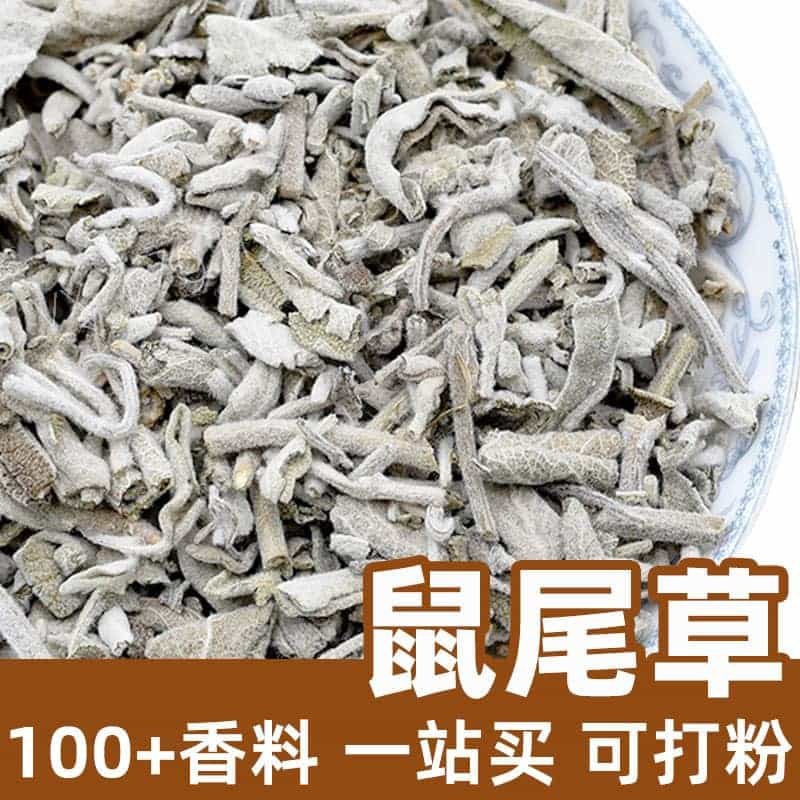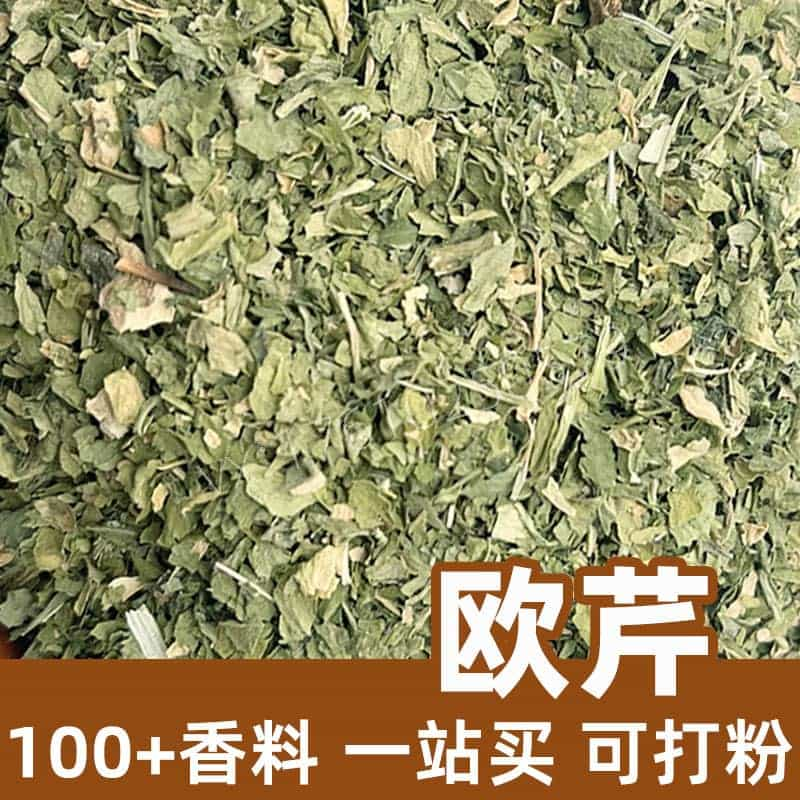Product Introduction
Rosemary, a fragrant herb with needle-like leaves and blue-purple flowers, has been used for centuries for its culinary and medicinal properties.
Aromatic Chemical Composition
The distinctive aroma of rosemary comes from its essential oils, particularly 1,8-cineole and α-pinene. These compounds give rosemary its fresh, piney, and slightly citrusy scent.
Product Varieties
There are numerous varieties of rosemary, each with slightly different characteristics in terms of leaf shape, size, and flavor. Some common varieties include:
- Prostrate Rosemary: This variety has creeping stems and is often used as a ground cover.
- Upright Rosemary: This variety has upright stems and is commonly used for culinary purposes.
Applications and Usage
Rosemary is a versatile herb with a wide range of culinary and medicinal uses.
- Culinary: Rosemary is a popular herb in Mediterranean cuisine. It's often used to flavor roasted meats, vegetables, and soups.
- Herbal Tea: Rosemary tea is a popular beverage known for its stimulating properties.
- Aromatherapy: Rosemary essential oil is used in aromatherapy for its invigorating and calming effects.
When using rosemary, a little goes a long way, as its flavor can be quite strong.
Plant Source, Distribution, and Growth Environment
Rosemary is native to the Mediterranean region. It thrives in well-drained soil and full sun. It's a hardy plant that can tolerate drought conditions.
Harvesting, Processing, and Storage
Rosemary leaves can be harvested throughout the growing season. Fresh rosemary can be used immediately or dried for later use. To dry rosemary, tie small bunches of stems and hang them upside down in a warm, dry place. Once dry, the leaves can be stripped from the stems and stored in an airtight container.
In summary, rosemary is a fragrant herb with a wide range of culinary and medicinal uses. Its unique flavor and aroma make it a popular ingredient in many dishes and herbal remedies.
Monica Sun is a seasoned expert in the natural raw materials industry, with over a decade of experience specializing in traditional Chinese medicinal herbs, spices, and fungi. She is skilled in the sourcing, processing, and application of these materials, emphasizing sustainability and innovation. Monica Sun has contributed to the development of high-quality natural raw materials that serve as essential components in functional foods, pharmaceuticals, and cosmetics, delivering tailored solutions to meet diverse market needs.









.jpg)


.jpg)


